Mid-century memories: Taschen rediscovers hidden gems in the Julius Shulman vaults
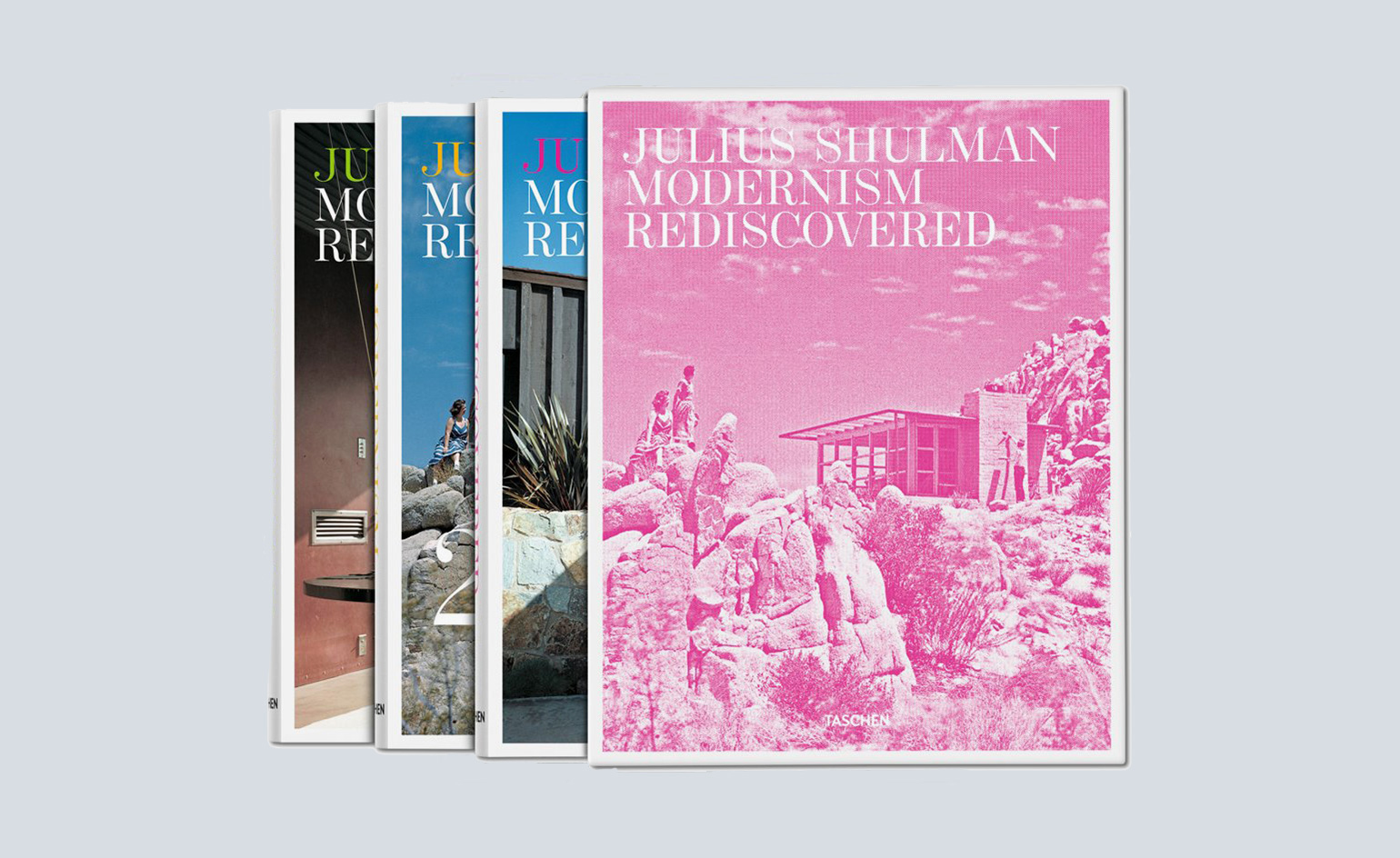
Publisher Benedikt Taschen has surveyed the 260,000-strong photo archive of Julius Shulman (1920 – 2009), in order to find the hidden gems and shining moments of the architectural photographer's illustrious career. Taschen, who enjoyed a close publishing relationship with Shulman since 1998, sensitively whittled the selection down to 1,008 pages, split into three insightful volumes entitled Modernism Rediscovered.
Volume to volume, the likes of Frank Lloyd Wright and Oscar Niemeyer feature amongst a catalogue of genre-defining talent; from Frank Gehry's swooping structures to the swathes of white walls that characterise Le Corbusier. It's all too easy to become immune to the power of these iconic images, having seen them stamped across magazines and in photobooks for two generations. But here, it's the mix of previously unseen, quiet portraits and intimate family shots that make us look again, and 'rediscover' modernism as the title asks of us. Shulman's unique access inside the homes, where he was welcomed as an esteemed guest time after time, reflects his close friendship with many of the master modernists, allowing him to deftly and respectfully capture their work as it was intended to be seen – as a place in which to live and exist.
Although most often remembered for his commitment to photographing Californian architecture, Modernism Rediscovered represents Shulman's work across the rest of the USA, and further afield in Hong Kong, Israel and Mexico, as Philip J. Ethington's biographical introduction explains. But it was Shulman's Californian childhood that primed him to have such a universal modernist's eye. 'Growing up in Southern California, at a time when Los Angeles was far closer to nature than it is today, gave Shulman the background to understand the near seamless compatibility of interior and exterior that is a hallmark of modernist design,' Ethington writes. 'In Shulman’s vision, the meticulous organisation of interior space, so reassuring in an often chaotic world, is balanced by the free form of an ad-hoc landscape.'
Shulman brought this 'Southern Californian lifestyle' to a world stage, and his stylised images are imprinted on the retina of the 20th century because of it. So impressive and overarching is his work that it's often difficult to picture the buildings he photographed without the epochal Shulman-hue over them. Organised as it is, in three detailed yet easy to manage sections interspersed with generous commentary, this beautifully presented collection is a fitting tribute to both mid-century architecture, and the man who dedicated his life to capturing it.
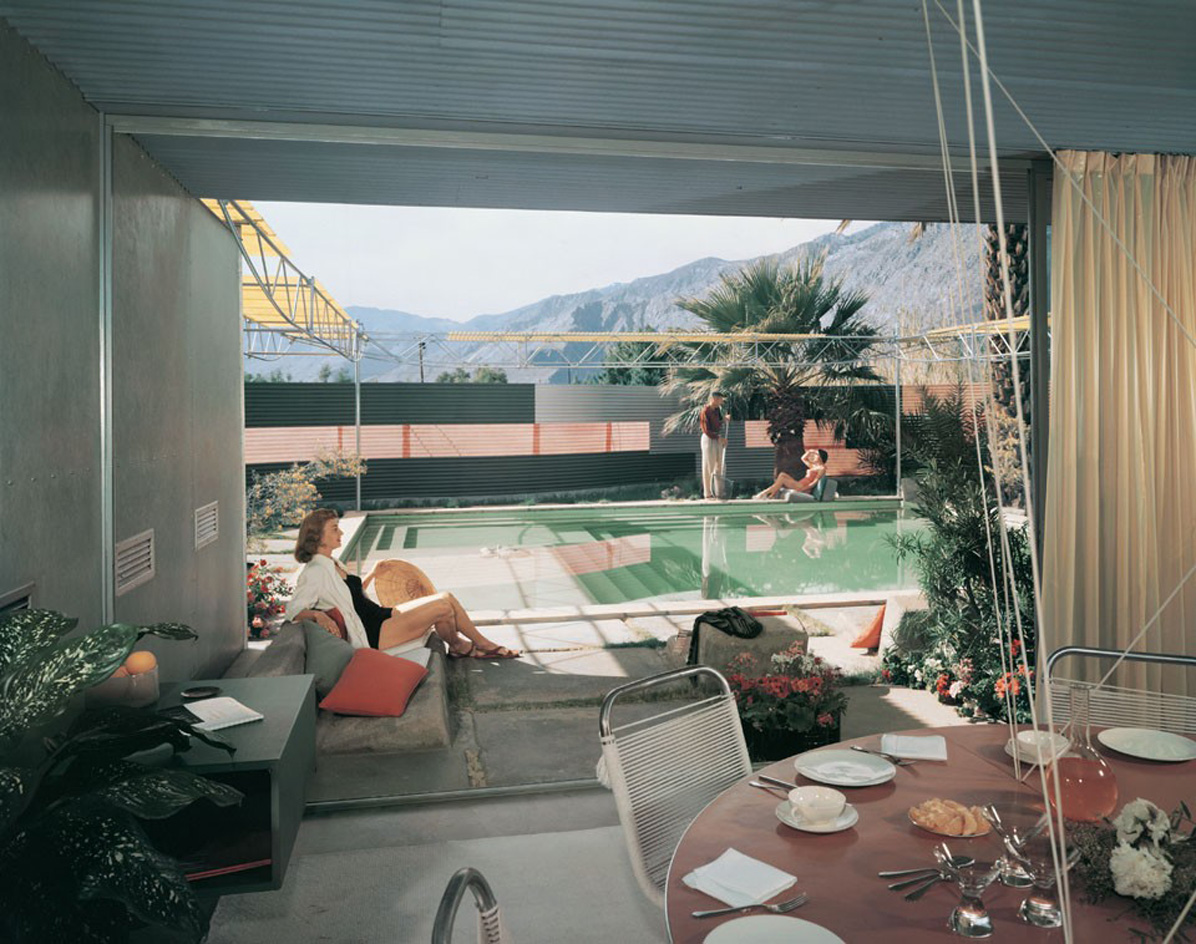
Shulman, who passed away in 2009, brought Californian modernist architecture to a world stage, and was influential in the careers of many architects who were also his close friends. Pictured: Frey Residence, by Albert Frey, Palm Springs, California, 1956. © J.Paul Getty Trust. Courtesy Julius Shulman Photography Archive, Research Library at the Getty Research Institute
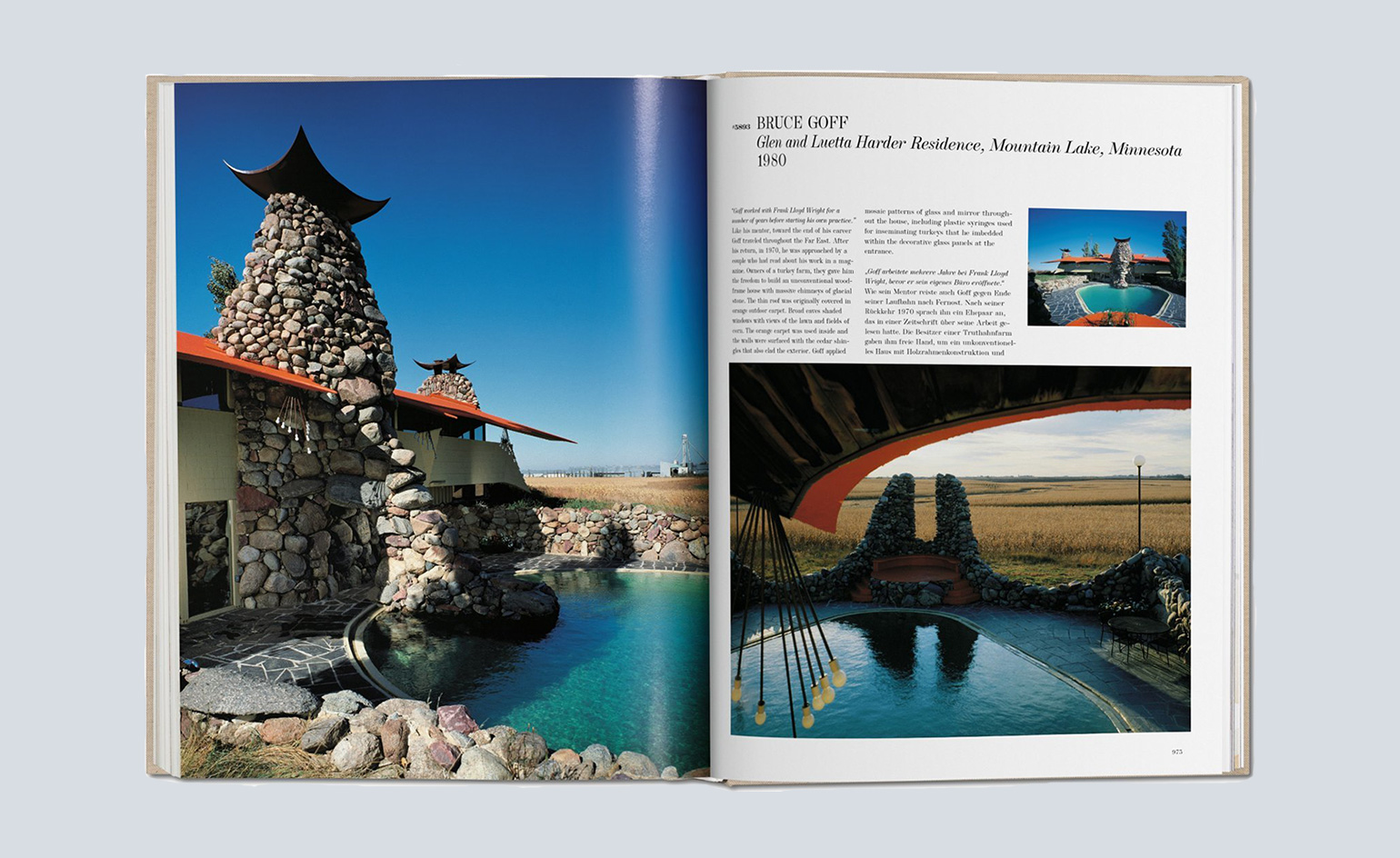
This three-part tome pays homage to not only his West Coast work, but also his broader range of photographs taken throughout the USA, and further afield in Israel, Mexico and Hong Kong
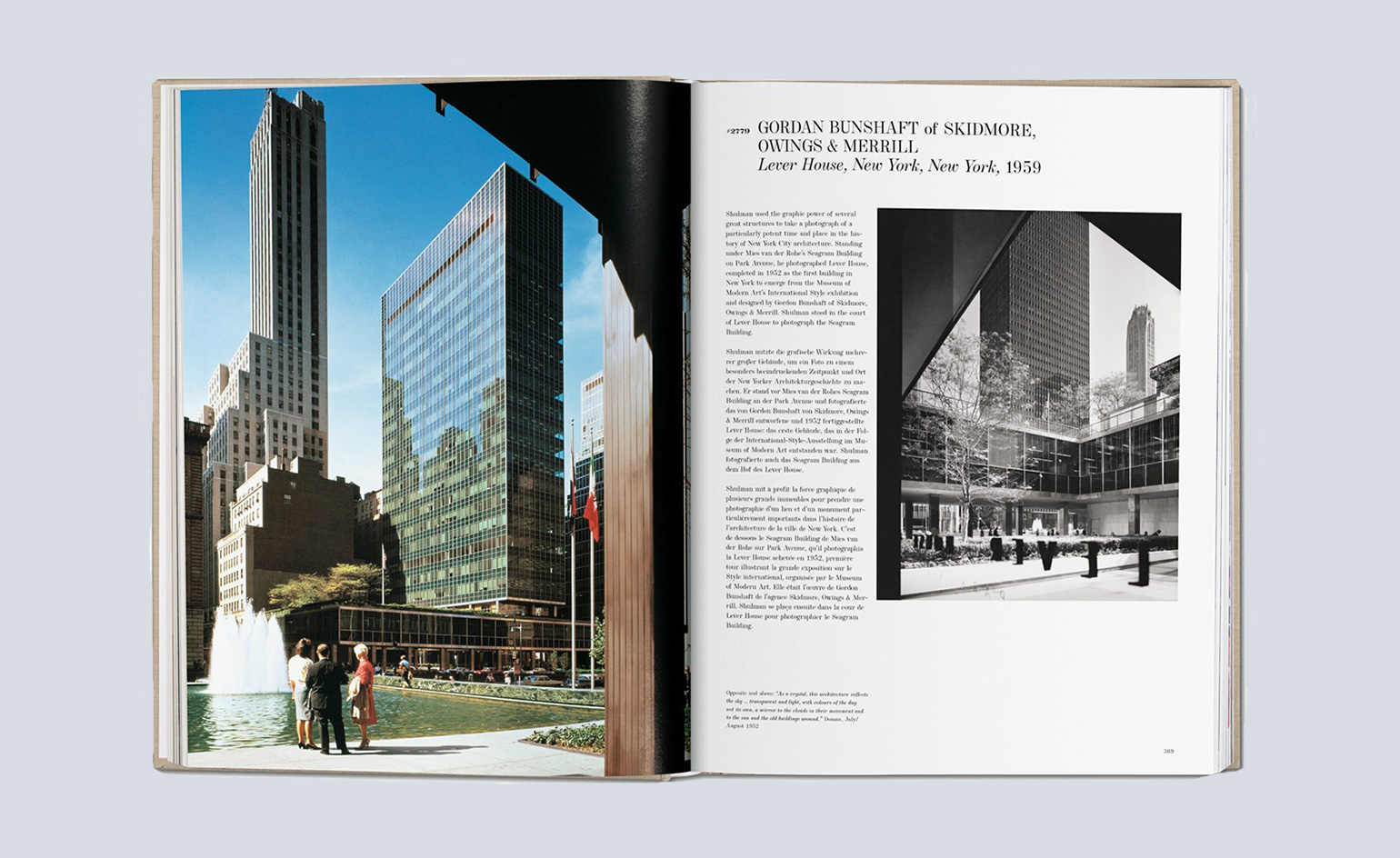
Publisher Benedikt Taschen is the man behind the selection. He took two years to carefully pick from around 260,000 images from Shulman's personal, yet impeccably organised archives
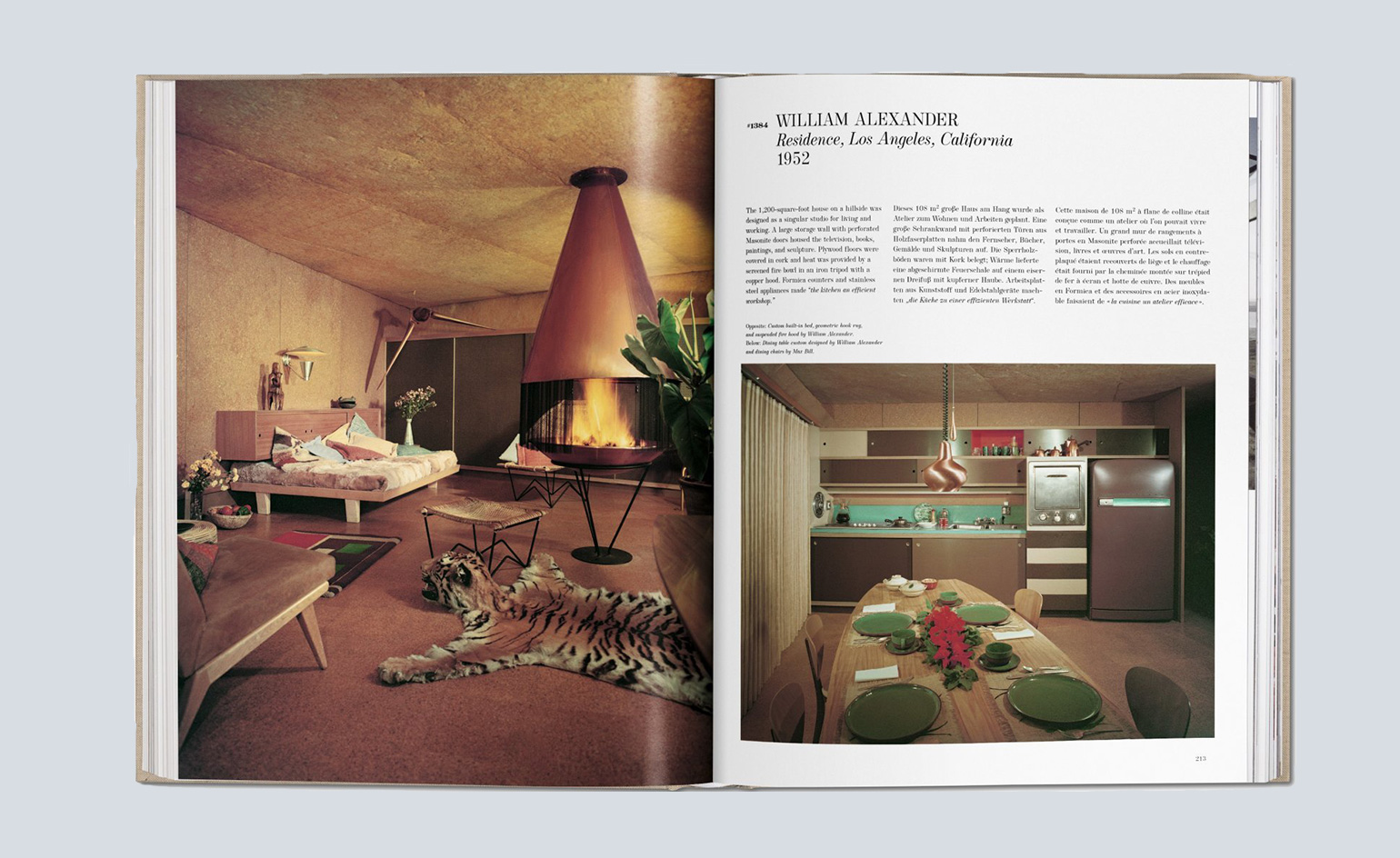
Taschen was the perfect man for the marathon job, having enjoyed a close collaboration with the photographer since first publishing Julius Shulman: Architecture and Its Photography in 1998
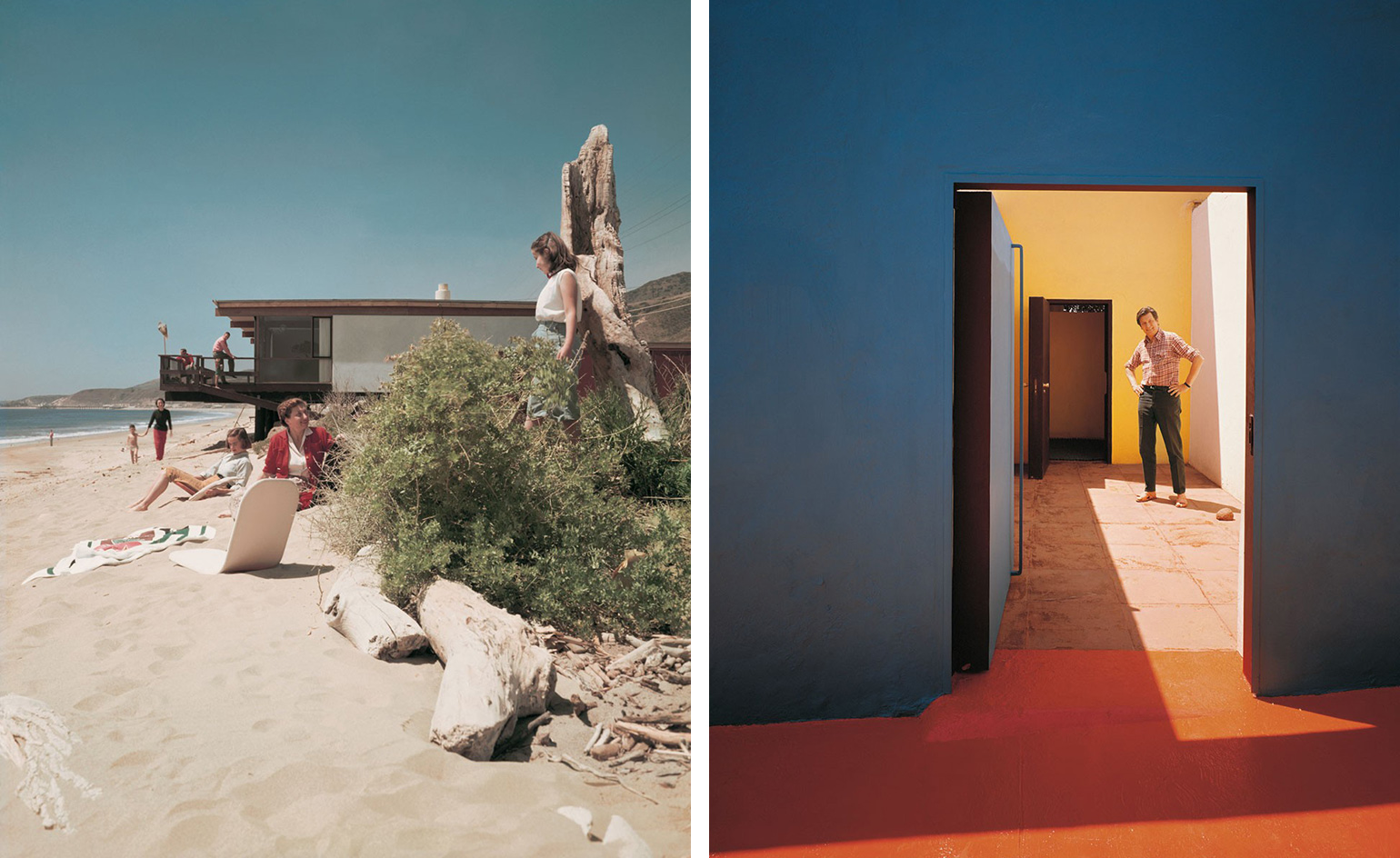
Pictured left: Roberts Residence, by Weston, Byles & Rudolph, Malibu, California, 1953. Right: Mathias Goeritz at his home, which was co-designed with Ricardo Legorreta, Cuernavaca, Mexico, 1973. © J.Paul Getty Trust. Courtesy Julius Shulman Photography Archive, Research Library at the Getty Research Institute
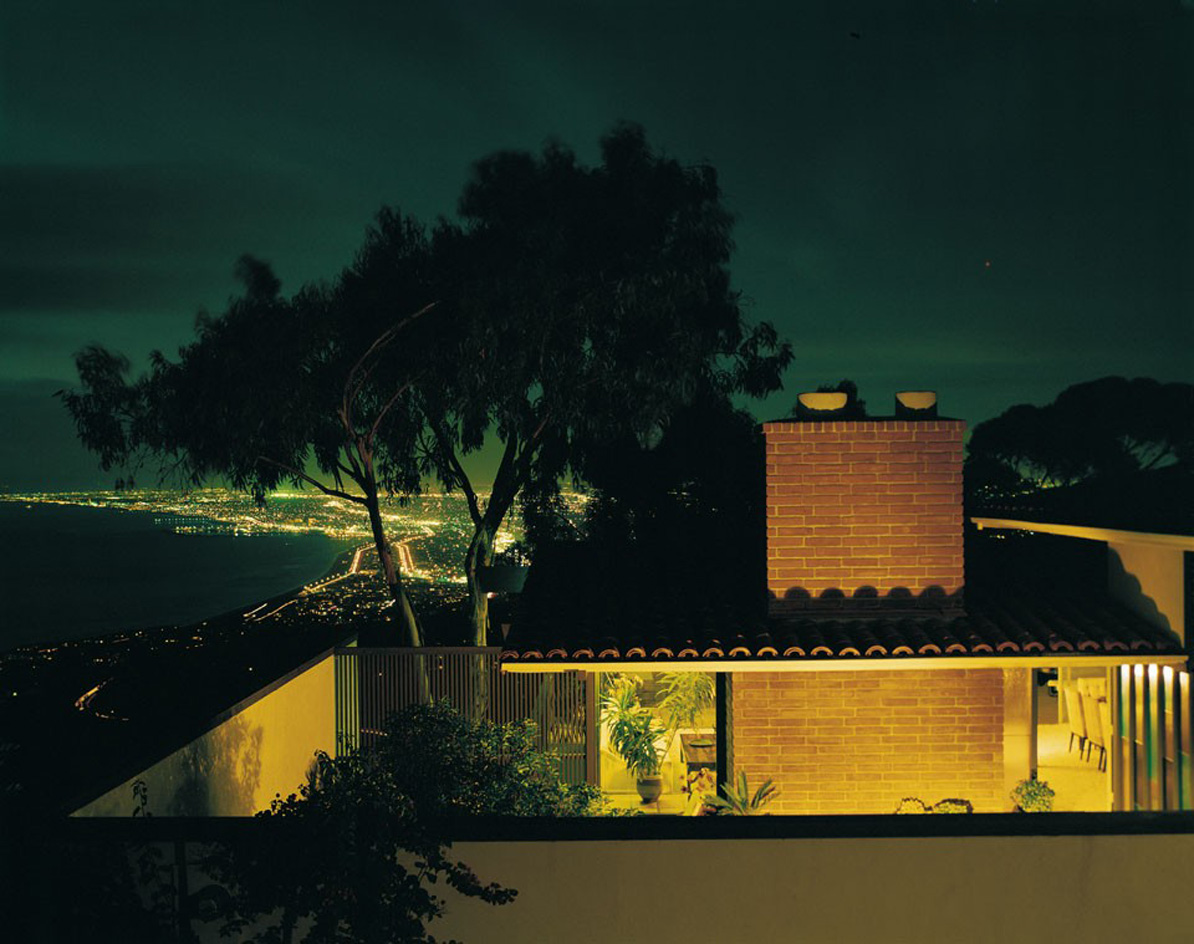
Accompanying text comes courtesy of a host of big-name practitioners and Shulman enthusiasts, including an introduction by photography critic Owen Edwards, and an extensive biography by University of Southern California historian Philip J. Ethington. Pictured: Greenberg Residence, by Buff & Hensman, Palos Verdes, California, 1966. © J.Paul Getty Trust. Courtesy Julius Shulman Photography Archive, Research Library at the Getty Research Institute
Receive our daily digest of inspiration, escapism and design stories from around the world direct to your inbox.

Shulman's iconic images have imprinted themselves into the retina of the 20th century, and this comprehensive, beautifully presented collection is a fitting tribute to both the architecture, and the man that had the foresight to capture it. Pictured: Cunningham Residence ('Stoneflower' House), by Herb Greene, Oklahoma City, Oklahoma, 1964. © J.Paul Getty Trust. Courtesy Julius Shulman Photography Archive, Research Library at the Getty Research Institute
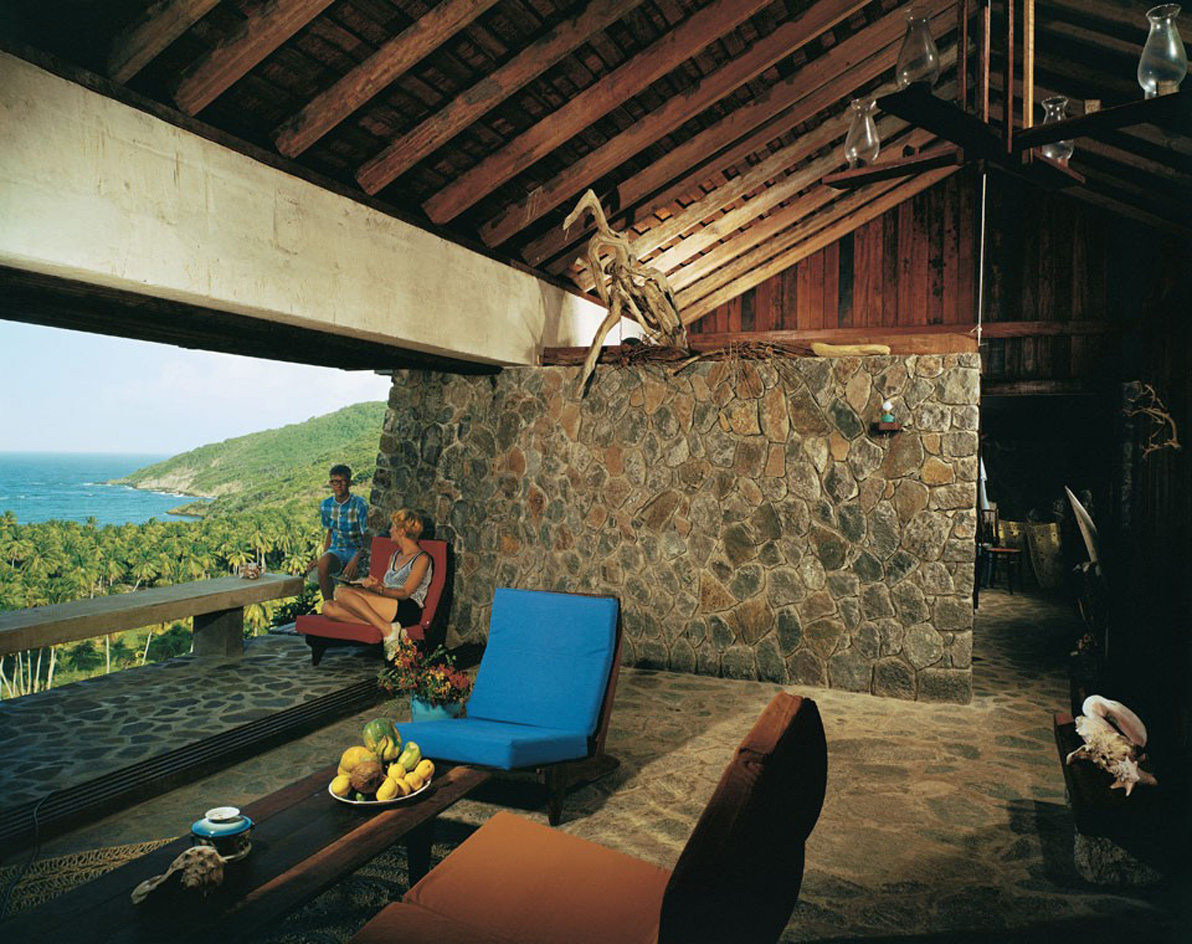
Spring Hotel, Bequia, by Crites & McConnell, St. Vincent and the Grenadines, 1967. © J.Paul Getty Trust. Courtesy Julius Shulman Photography Archive, Research Library at the Getty Research Institute
INFORMATION
Julius Shulman: Modernism Rediscovered, published by Taschen, $150. For more information, visit the Taschen website
Elly Parsons is the Digital Editor of Wallpaper*, where she oversees Wallpaper.com and its social platforms. She has been with the brand since 2015 in various roles, spending time as digital writer – specialising in art, technology and contemporary culture – and as deputy digital editor. She was shortlisted for a PPA Award in 2017, has written extensively for many publications, and has contributed to three books. She is a guest lecturer in digital journalism at Goldsmiths University, London, where she also holds a masters degree in creative writing. Now, her main areas of expertise include content strategy, audience engagement, and social media.
-
 Usher opens up about breakfast playlists, banana pudding and why a glass tumbler is always on his rider
Usher opens up about breakfast playlists, banana pudding and why a glass tumbler is always on his riderOn the heels of a collaboration with Baccarat, the Grammy-winning singer-songwriter breaks down his entertaining tips. 'Hosting is an expression of how you feel about your guests and also who you are.'
-
 The beauty trends that will define 2026, from ultra-niche fragrances to anti-ageing dental care
The beauty trends that will define 2026, from ultra-niche fragrances to anti-ageing dental careAs we enter the new year, we speak to experts in fragrance, skincare, aesthetics, wellness and more about the trends that will be shaping the way we look
-
 The most stylish hotel debuts of 2025
The most stylish hotel debuts of 2025A Wallpaper* edit of this year’s defining hotel openings. Design-led stays to shape your next escape
-
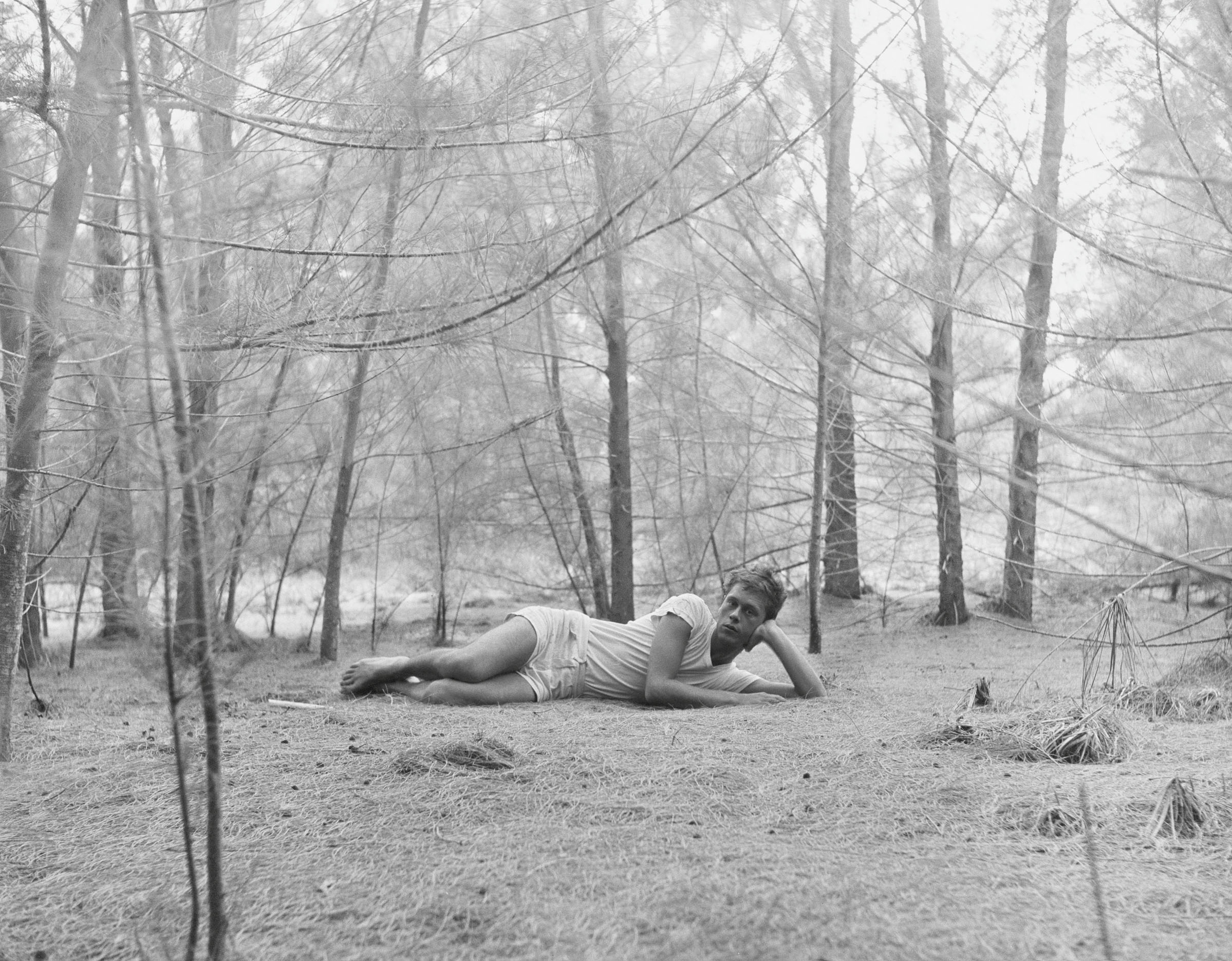 Inside the seductive and mischievous relationship between Paul Thek and Peter Hujar
Inside the seductive and mischievous relationship between Paul Thek and Peter HujarUntil now, little has been known about the deep friendship between artist Thek and photographer Hujar, something set to change with the release of their previously unpublished letters and photographs
-
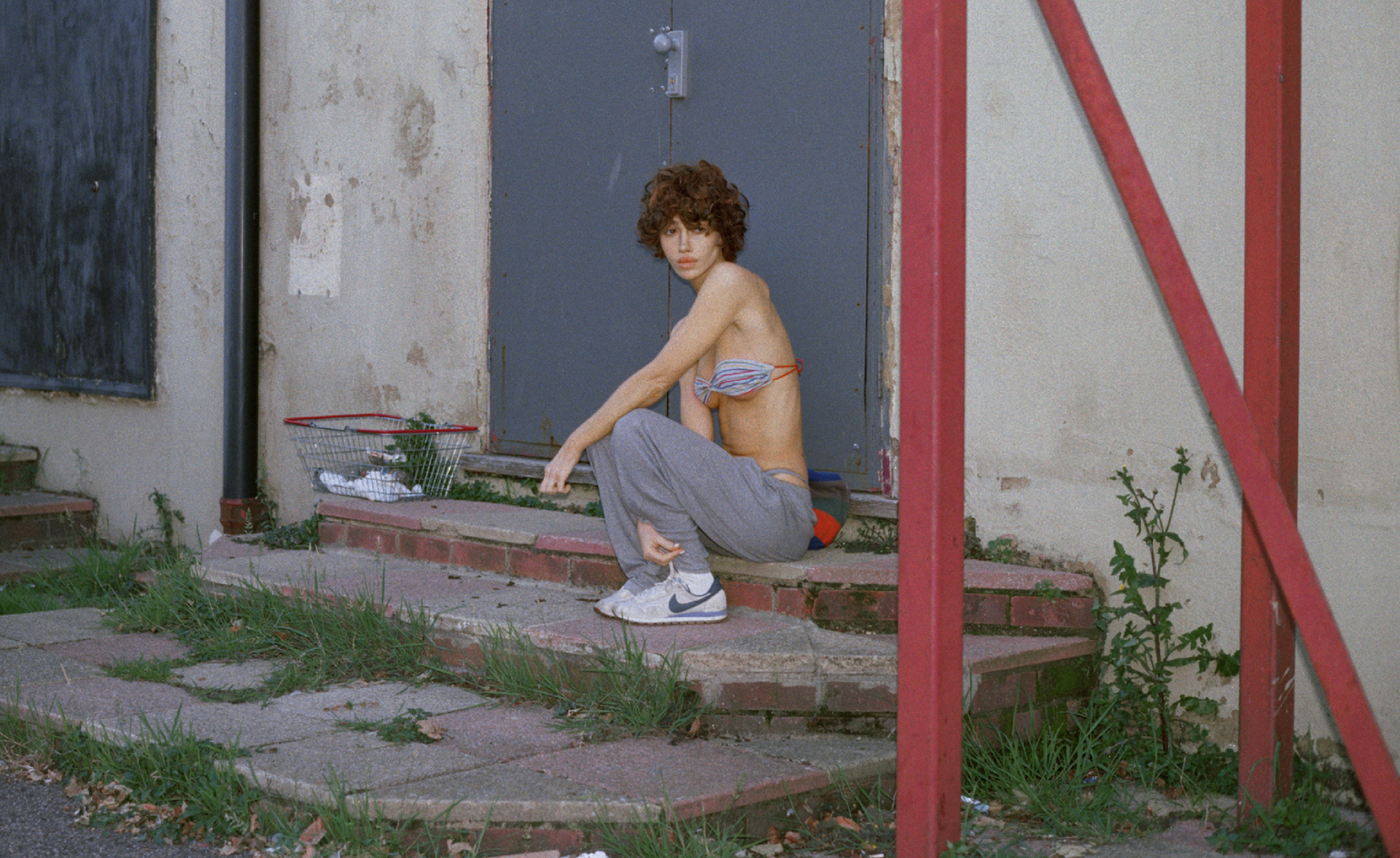 Nadia Lee Cohen distils a distant American memory into an unflinching new photo book
Nadia Lee Cohen distils a distant American memory into an unflinching new photo book‘Holy Ohio’ documents the British photographer and filmmaker’s personal journey as she reconnects with distant family and her earliest American memories
-
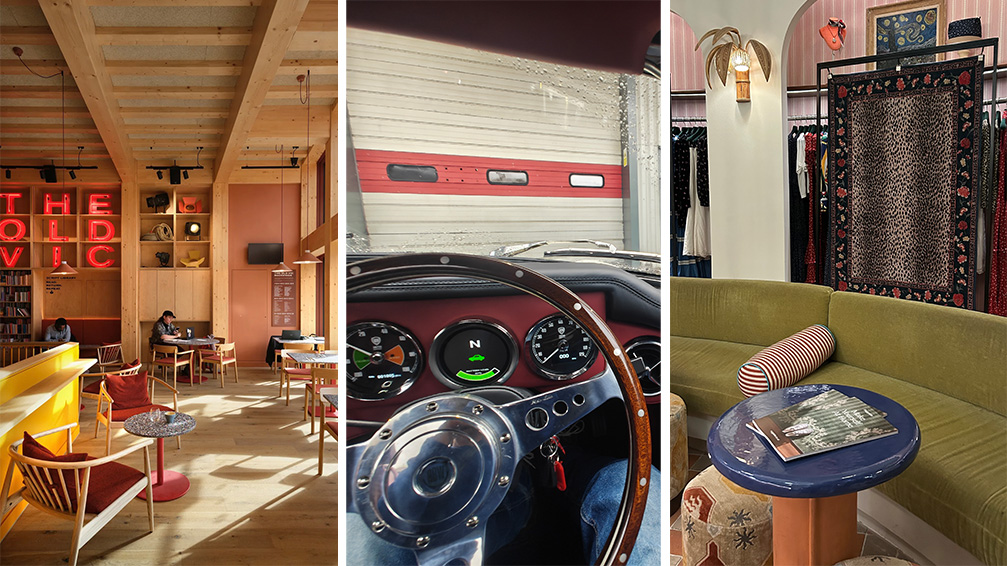 Out of office: The Wallpaper* editors’ picks of the week
Out of office: The Wallpaper* editors’ picks of the weekThe rain is falling, the nights are closing in, and it’s still a bit too early to get excited for Christmas, but this week, the Wallpaper* team brought warmth to the gloom with cosy interiors, good books, and a Hebridean dram
-
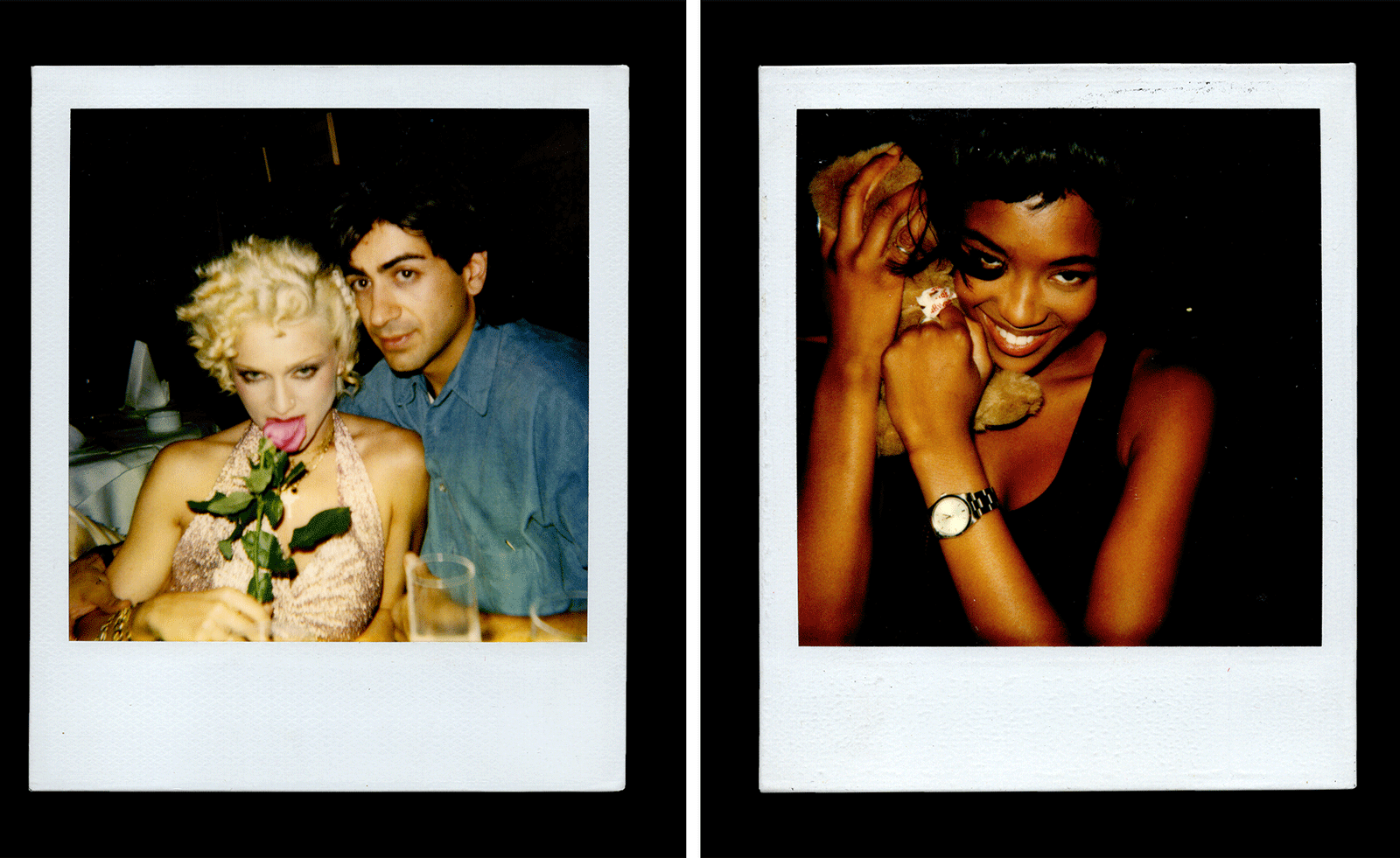 Inside Davé, Polaroids from a little-known Paris hotspot where the A-list played
Inside Davé, Polaroids from a little-known Paris hotspot where the A-list playedChinese restaurant Davé drew in A-list celebrities for three decades. What happened behind closed doors? A new book of Polaroids looks back
-
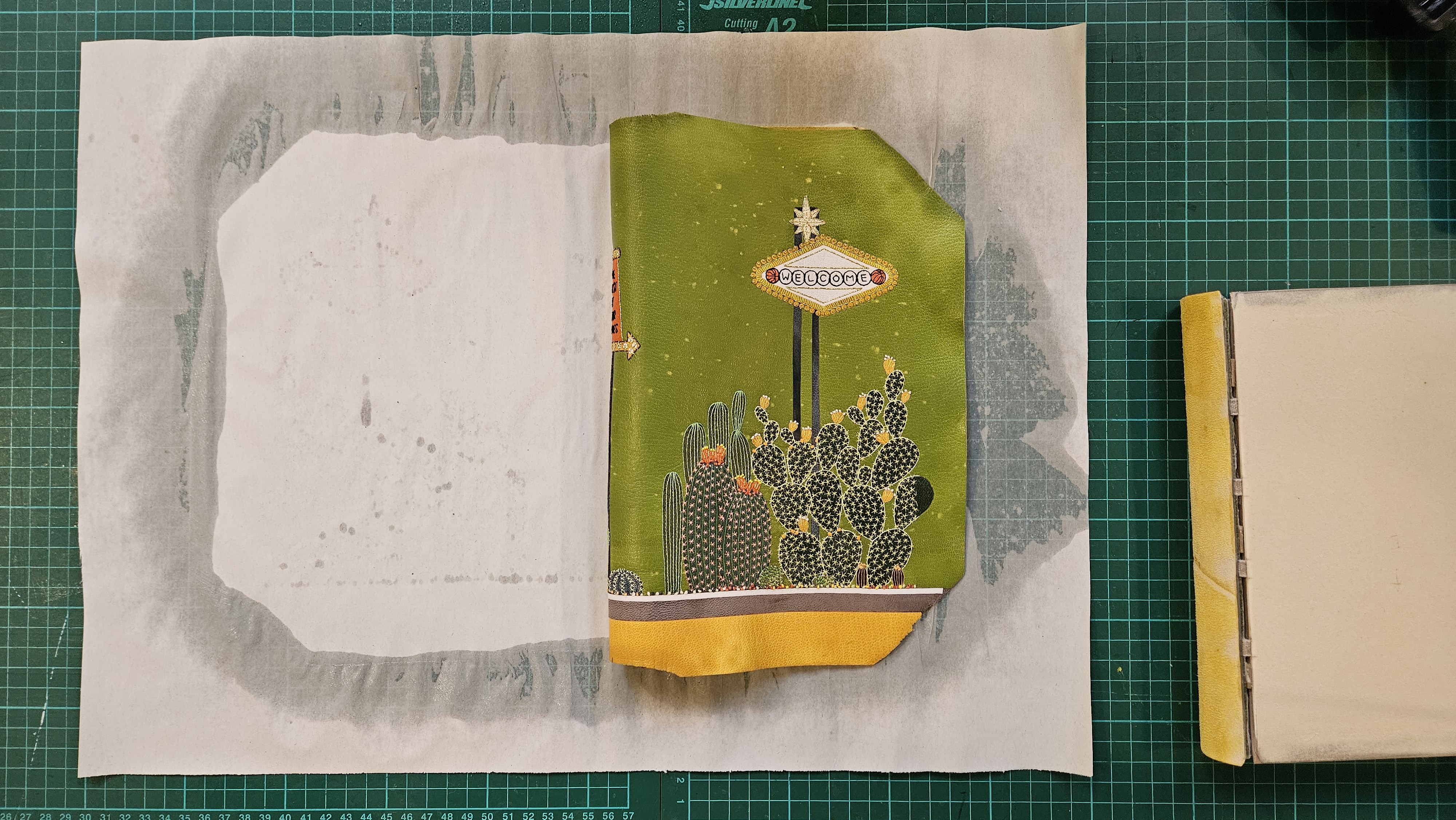 Inside the process of creating the one-of-a-kind book edition gifted to the Booker Prize shortlisted authors
Inside the process of creating the one-of-a-kind book edition gifted to the Booker Prize shortlisted authorsFor over 30 years each work on the Booker Prize shortlist are assigned an artisan bookbinder to produce a one-off edition for the author. We meet one of the artists behind this year’s creations
-
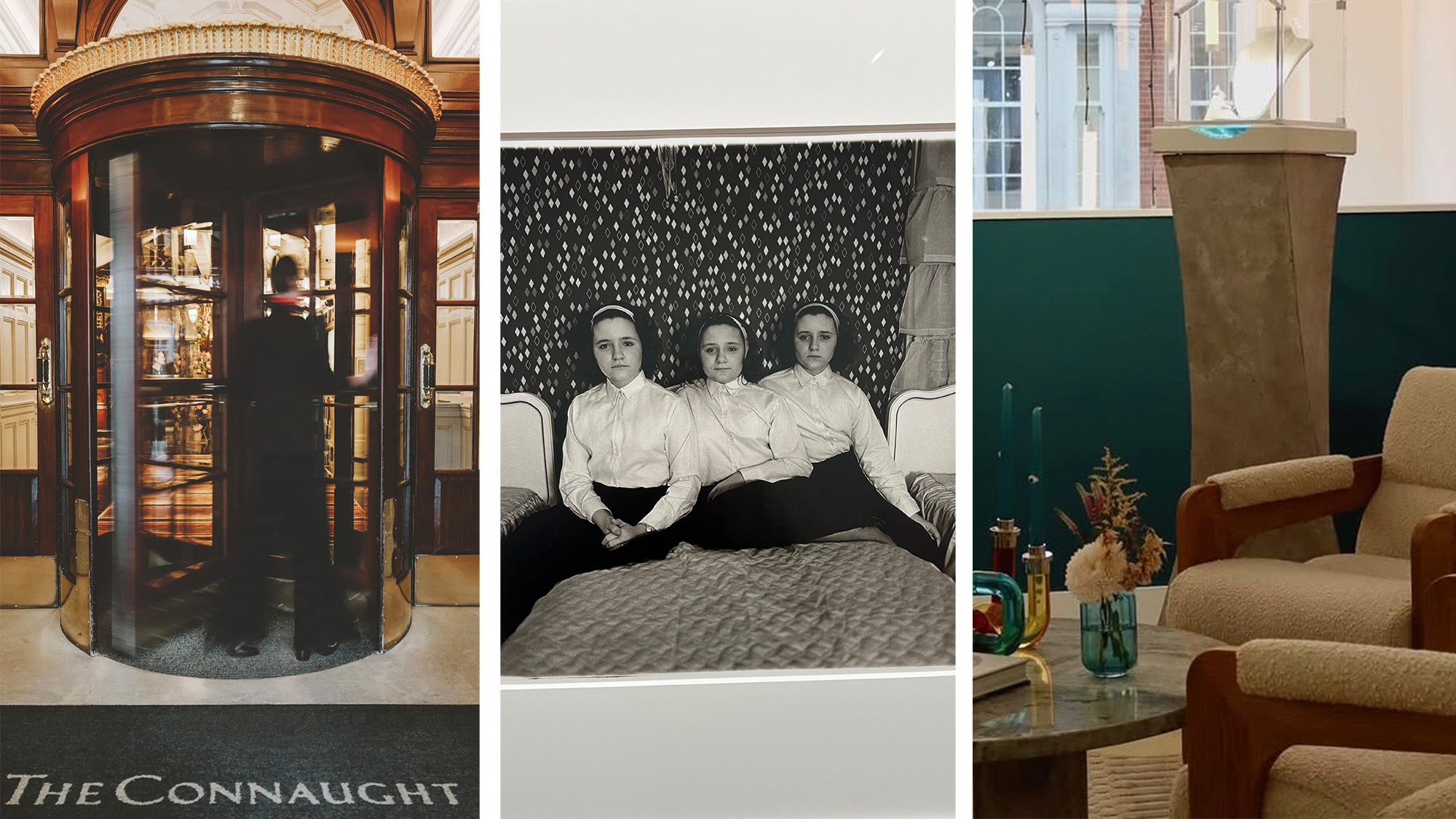 Out of office: The Wallpaper* editors’ picks of the week
Out of office: The Wallpaper* editors’ picks of the weekThis week, the Wallpaper* editors curated a diverse mix of experiences, from meeting diamond entrepreneurs and exploring perfume exhibitions to indulging in the the spectacle of a Middle Eastern Christmas
-
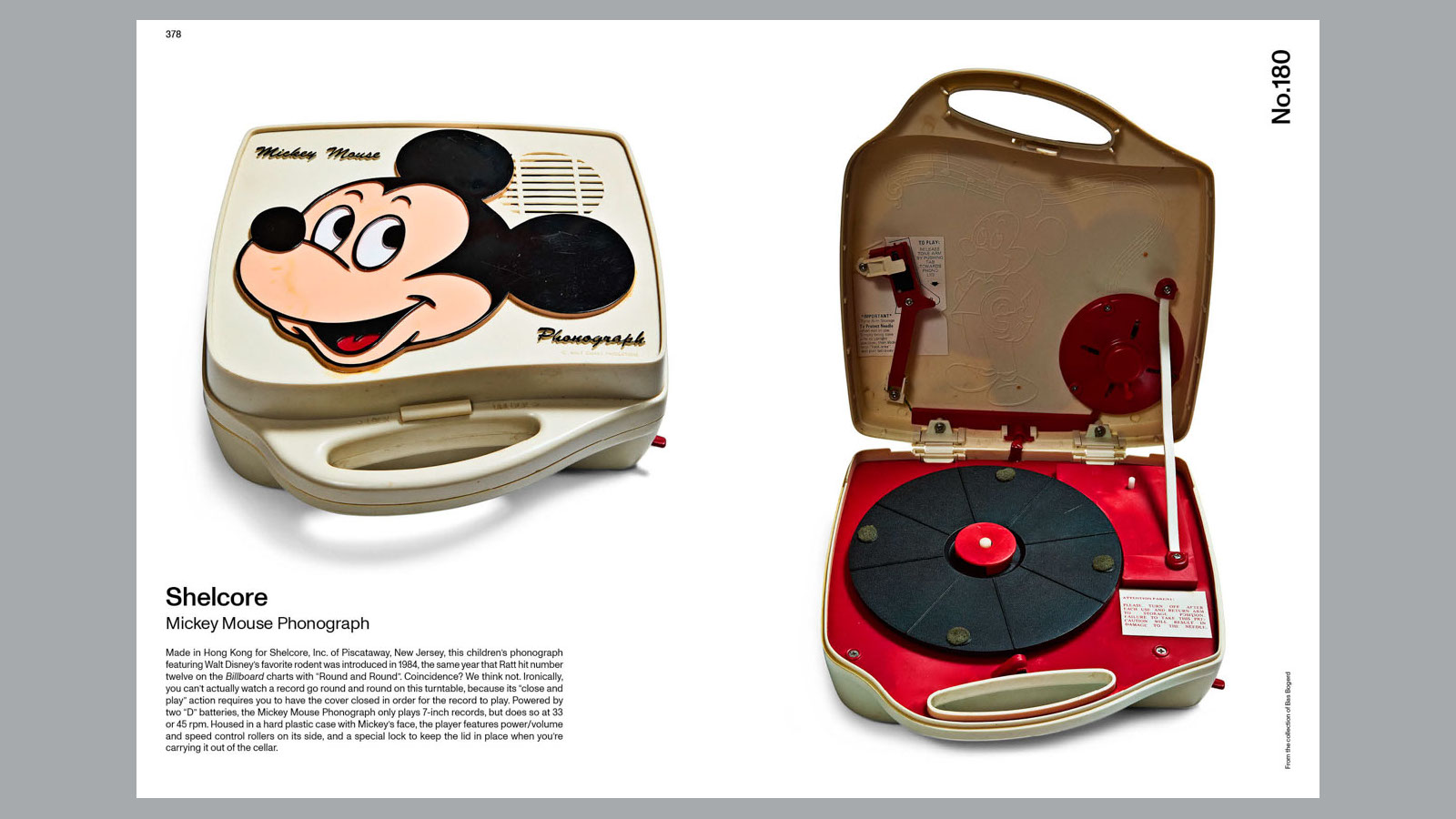 14 of the best new books for music buffs
14 of the best new books for music buffsFrom music-making tech to NME cover stars, portable turntables and the story behind industry legends – new books about the culture and craft of recorded sound
-
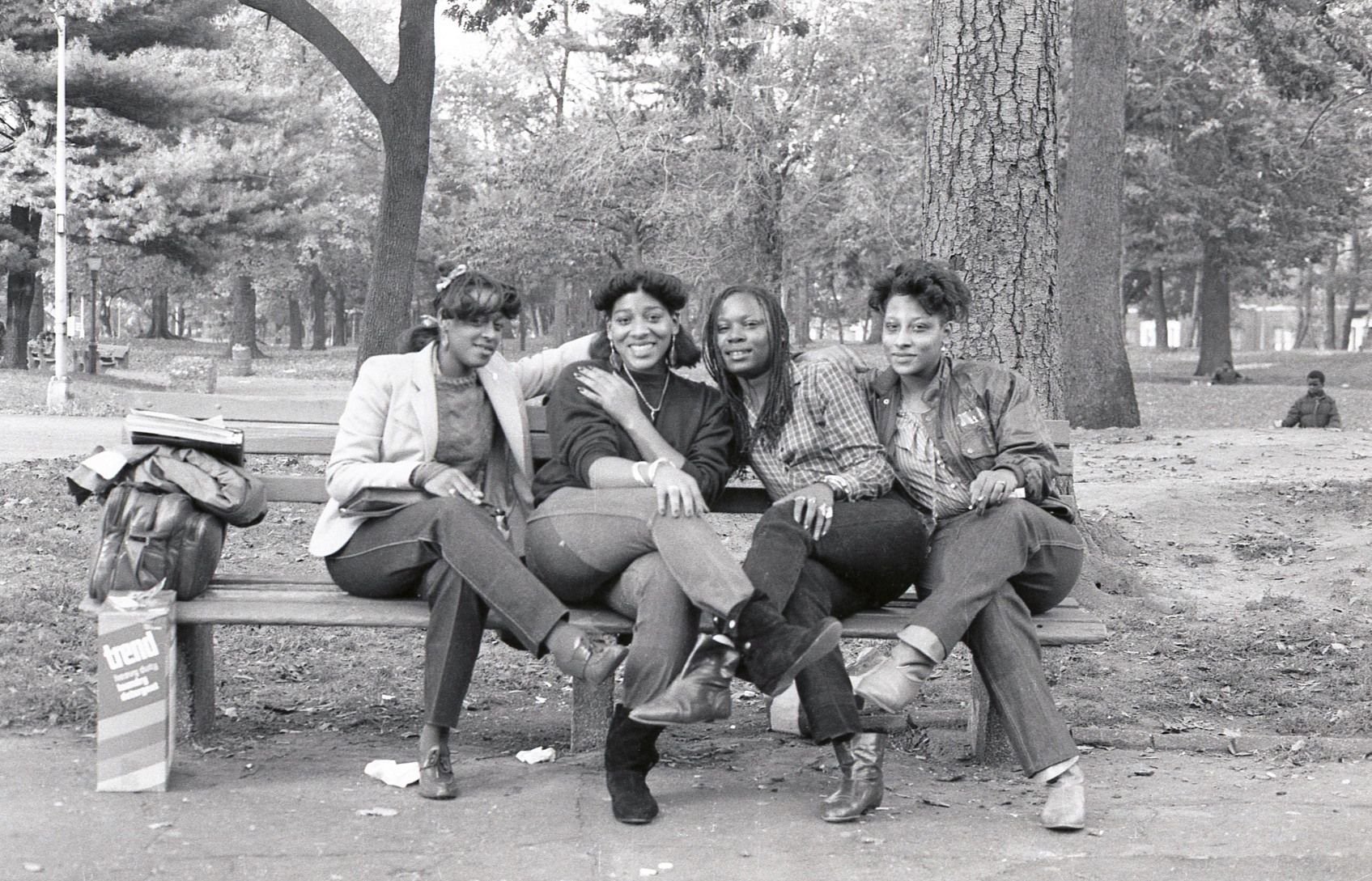 Jamel Shabazz’s photographs are a love letter to Prospect Park
Jamel Shabazz’s photographs are a love letter to Prospect ParkIn a new book, ‘Prospect Park: Photographs of a Brooklyn Oasis, 1980 to 2025’, Jamel Shabazz discovers a warmer side of human nature